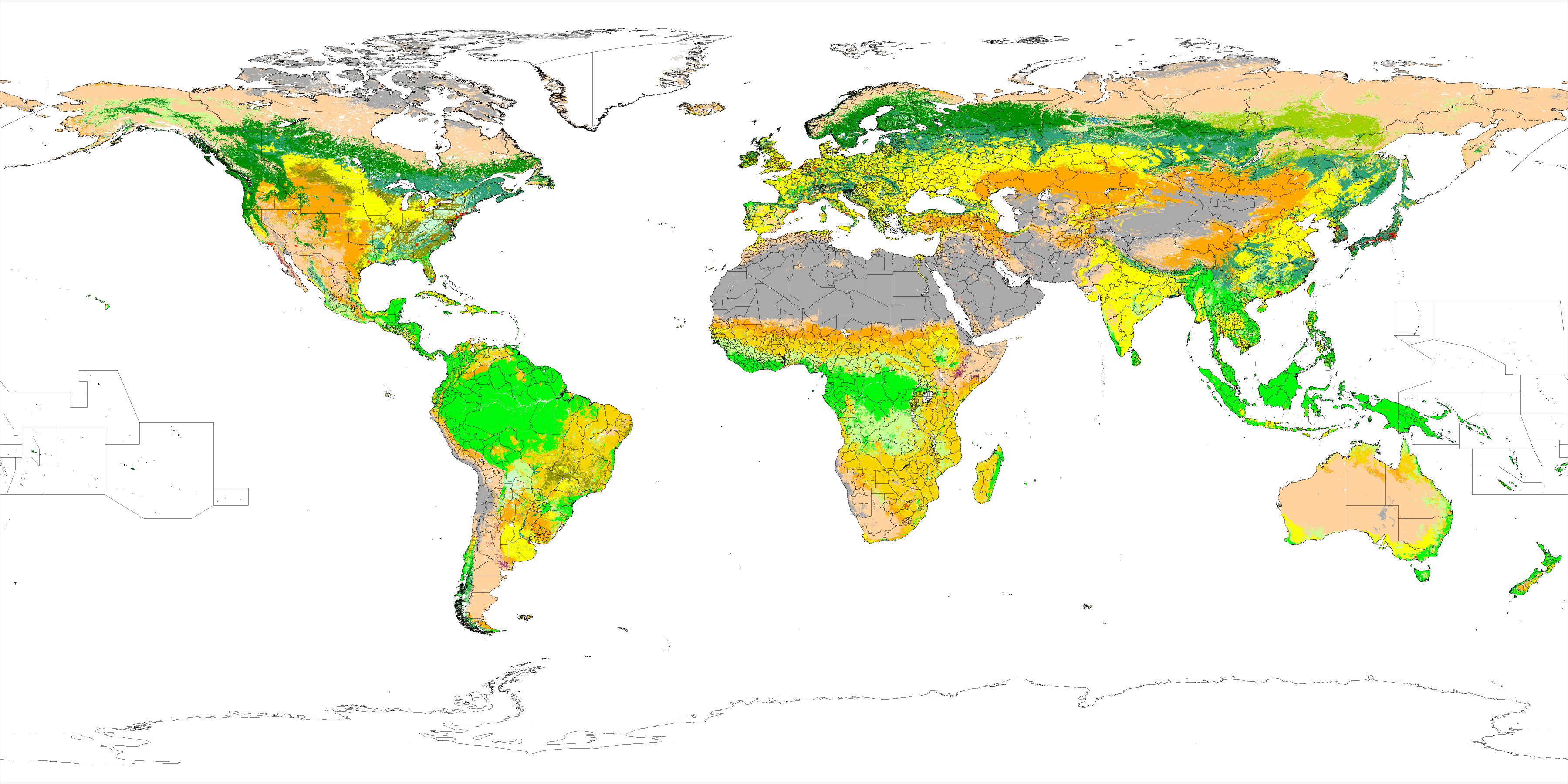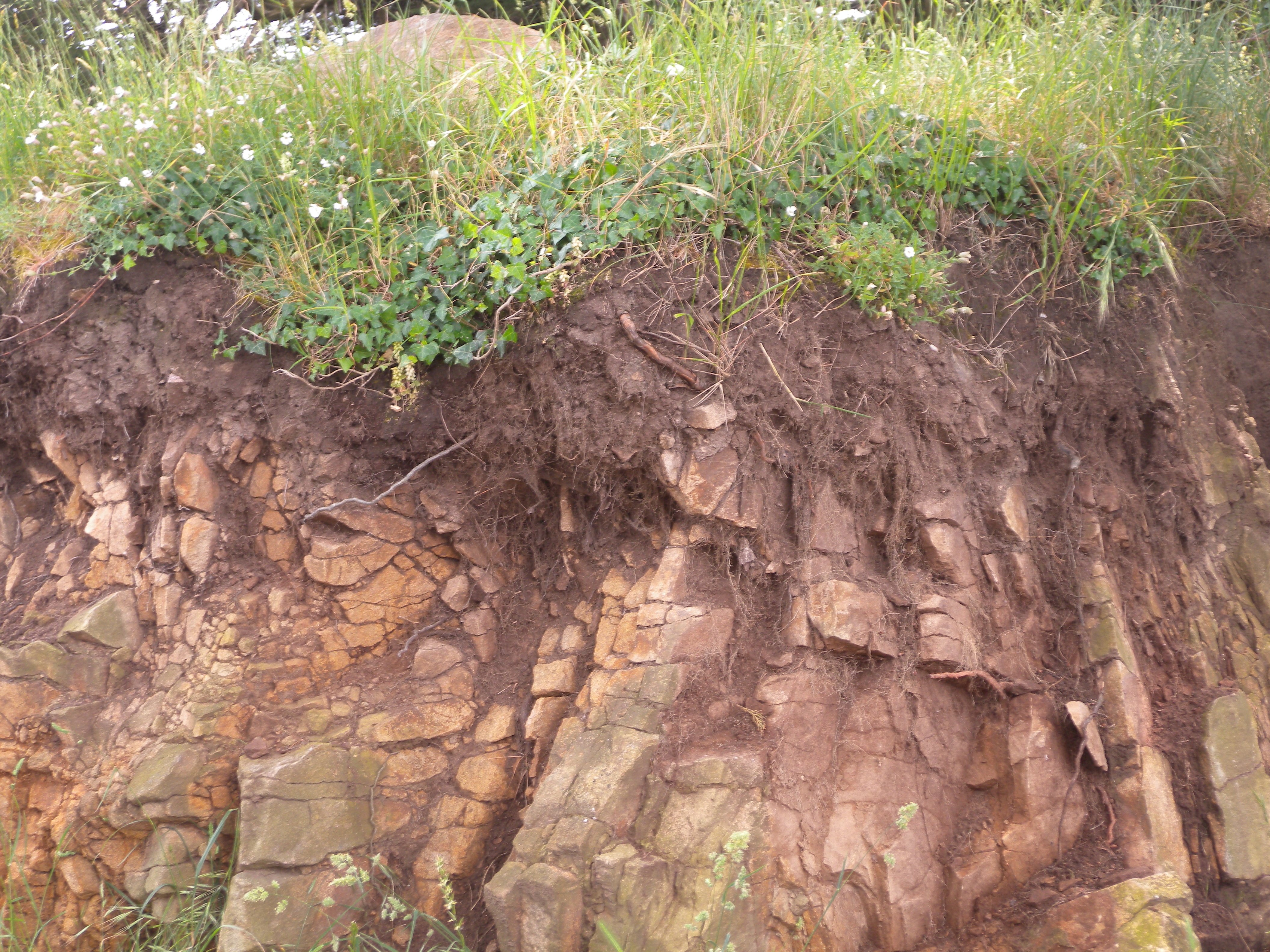|
Land Drainage Act
Land Drainage Act (with its variations) is a stock short title used in New Zealand and the United Kingdom for legislation relating to land drainage. Such legislation forms part of land drainage law. List Canada Manitoba *The Land Drainage Act 1895 (58 & 59 Vict c 11) *The Land Drainage Act 1898 (61 Vict c 16) *The Land Drainage Act (RSM 1913 c 56) Ontario :The Municipal Drainage Act ( RSO 1897 c 226) New Zealand *The Drainage Act 1881 (45 Vict No 27) *The Drainage of Mines Act 1884 (48 Vict No 35) *The Land Drainage Act 1893 *The Land Drainage Amendment Act 1894 *The Land Drainage Amendment Act 1898 (62 Vict No 30) *The Land Drainage Act 1904 (4 Edw 7 No 13) *The Land Drainage Amendment Act 1908 (8 Edw 7 No 249) *The Land Drainage Amendment Act 1913 (4 Geo 5 No 31) *The Land Drainage Amendment Act 1920 (11 Geo 5 No 56) *The Land Drainage Amendment Act 1922 (13 Geo 5 No 5) *The Land Drainage Amendment Act 1923 (13 Geo 5 No 42) *The Land Drainage Amendment Act 1952 ... [...More Info...] [...Related Items...] OR: [Wikipedia] [Google] [Baidu] |
Short Title
In certain jurisdictions, including the United Kingdom and other Westminster-influenced jurisdictions (such as Canada or Australia), as well as the United States and the Philippines, primary legislation has both a short title and a long title. The long title (properly, the title in some jurisdictions) is the formal title appearing at the head of a statute (such as an act of Parliament or of Congress) or other legislative instrument. The long title is intended to provide a summarised description of the purpose or scope of the instrument. Like other descriptive components of an act (such as the preamble, section headings, side notes, and short title), the long title seldom affects the operative provisions of an act, except where the operative provisions are unclear or ambiguous and the long title provides a clear statement of the legislature's intention. The short title is the formal name by which legislation may by law be cited. It contrasts with the long title which, while usual ... [...More Info...] [...Related Items...] OR: [Wikipedia] [Google] [Baidu] |
Land Drainage Amendment Act 1923
Land, also known as dry land, ground, or earth, is the solid terrestrial surface of the planet Earth that is not submerged by the ocean or other bodies of water. It makes up 29% of Earth's surface and includes the continents and various islands. Earth's land surface is almost entirely covered by regolith, a layer of rock, soil, and minerals that forms the outer part of the crust. Land plays important roles in Earth's climate system and is involved in the carbon cycle, nitrogen cycle, and water cycle. One-third of land is covered in trees, 15% is used for crops, and 10% is covered in permanent snow and glaciers. Land terrain varies greatly and consists of mountains, deserts, plains, plateaus, glaciers, and other landforms. In physical geology, the land is divided into two major categories: mountain ranges and relatively flat interiors called cratons. Both are formed over millions of years through plate tectonics. A major part of Earth's water cycle, streams shape ... [...More Info...] [...Related Items...] OR: [Wikipedia] [Google] [Baidu] |
Land Drainage Amendment Act 1978
Land, also known as dry land, ground, or earth, is the solid terrestrial surface of the planet Earth that is not submerged by the ocean or other bodies of water. It makes up 29% of Earth's surface and includes the continents and various islands. Earth's land surface is almost entirely covered by regolith, a layer of rock, soil, and minerals that forms the outer part of the crust. Land plays important roles in Earth's climate system and is involved in the carbon cycle, nitrogen cycle, and water cycle. One-third of land is covered in trees, 15% is used for crops, and 10% is covered in permanent snow and glaciers. Land terrain varies greatly and consists of mountains, deserts, plains, plateaus, glaciers, and other landforms. In physical geology, the land is divided into two major categories: mountain ranges and relatively flat interiors called cratons. Both are formed over millions of years through plate tectonics. A major part of Earth's water cycle, streams shape the landscape ... [...More Info...] [...Related Items...] OR: [Wikipedia] [Google] [Baidu] |
Land Drainage Amendment Act 1976
Land, also known as dry land, ground, or earth, is the solid terrestrial surface of the planet Earth that is not submerged by the ocean or other bodies of water. It makes up 29% of Earth's surface and includes the continents and various islands. Earth's land surface is almost entirely covered by regolith, a layer of rock, soil, and minerals that forms the outer part of the crust. Land plays important roles in Earth's climate system and is involved in the carbon cycle, nitrogen cycle, and water cycle. One-third of land is covered in trees, 15% is used for crops, and 10% is covered in permanent snow and glaciers. Land terrain varies greatly and consists of mountains, deserts, plains, plateaus, glaciers, and other landforms. In physical geology, the land is divided into two major categories: mountain ranges and relatively flat interiors called cratons. Both are formed over millions of years through plate tectonics. A major part of Earth's water cycle, streams shape the landscape ... [...More Info...] [...Related Items...] OR: [Wikipedia] [Google] [Baidu] |
Land Drainage Amendment Act 1975
Land, also known as dry land, ground, or earth, is the solid terrestrial surface of the planet Earth that is not submerged by the ocean or other bodies of water. It makes up 29% of Earth's surface and includes the continents and various islands. Earth's land surface is almost entirely covered by regolith, a layer of rock, soil, and minerals that forms the outer part of the crust. Land plays important roles in Earth's climate system and is involved in the carbon cycle, nitrogen cycle, and water cycle. One-third of land is covered in trees, 15% is used for crops, and 10% is covered in permanent snow and glaciers. Land terrain varies greatly and consists of mountains, deserts, plains, plateaus, glaciers, and other landforms. In physical geology, the land is divided into two major categories: mountain ranges and relatively flat interiors called cratons. Both are formed over millions of years through plate tectonics. A major part of Earth's water cycle, streams shape the landscape ... [...More Info...] [...Related Items...] OR: [Wikipedia] [Google] [Baidu] |
Land Drainage Amendment Act 1974
Land, also known as dry land, ground, or earth, is the solid terrestrial surface of the planet Earth that is not submerged by the ocean or other bodies of water. It makes up 29% of Earth's surface and includes the continents and various islands. Earth's land surface is almost entirely covered by regolith, a layer of rock, soil, and minerals that forms the outer part of the crust. Land plays important roles in Earth's climate system and is involved in the carbon cycle, nitrogen cycle, and water cycle. One-third of land is covered in trees, 15% is used for crops, and 10% is covered in permanent snow and glaciers. Land terrain varies greatly and consists of mountains, deserts, plains, plateaus, glaciers, and other landforms. In physical geology, the land is divided into two major categories: mountain ranges and relatively flat interiors called cratons. Both are formed over millions of years through plate tectonics. A major part of Earth's water cycle, streams shape the landscape ... [...More Info...] [...Related Items...] OR: [Wikipedia] [Google] [Baidu] |
Land Drainage Amendment Act 1972
Land, also known as dry land, ground, or earth, is the solid terrestrial surface of the planet Earth that is not submerged by the ocean or other bodies of water. It makes up 29% of Earth's surface and includes the continents and various islands. Earth's land surface is almost entirely covered by regolith, a layer of rock, soil, and minerals that forms the outer part of the crust. Land plays important roles in Earth's climate system and is involved in the carbon cycle, nitrogen cycle, and water cycle. One-third of land is covered in trees, 15% is used for crops, and 10% is covered in permanent snow and glaciers. Land terrain varies greatly and consists of mountains, deserts, plains, plateaus, glaciers, and other landforms. In physical geology, the land is divided into two major categories: mountain ranges and relatively flat interiors called cratons. Both are formed over millions of years through plate tectonics. A major part of Earth's water cycle, streams shape the landscape ... [...More Info...] [...Related Items...] OR: [Wikipedia] [Google] [Baidu] |
Land Drainage Amendment Act 1971
Land, also known as dry land, ground, or earth, is the solid terrestrial surface of the planet Earth that is not submerged by the ocean or other bodies of water. It makes up 29% of Earth's surface and includes the continents and various islands. Earth's land surface is almost entirely covered by regolith, a layer of rock, soil, and minerals that forms the outer part of the crust. Land plays important roles in Earth's climate system and is involved in the carbon cycle, nitrogen cycle, and water cycle. One-third of land is covered in trees, 15% is used for crops, and 10% is covered in permanent snow and glaciers. Land terrain varies greatly and consists of mountains, deserts, plains, plateaus, glaciers, and other landforms. In physical geology, the land is divided into two major categories: mountain ranges and relatively flat interiors called cratons. Both are formed over millions of years through plate tectonics. A major part of Earth's water cycle, streams shape the lands ... [...More Info...] [...Related Items...] OR: [Wikipedia] [Google] [Baidu] |
Land Drainage Amendment Act 1968
Land, also known as dry land, ground, or earth, is the solid terrestrial surface of the planet Earth that is not submerged by the ocean or other bodies of water. It makes up 29% of Earth's surface and includes the continents and various islands. Earth's land surface is almost entirely covered by regolith, a layer of rock, soil, and minerals that forms the outer part of the crust. Land plays important roles in Earth's climate system and is involved in the carbon cycle, nitrogen cycle, and water cycle. One-third of land is covered in trees, 15% is used for crops, and 10% is covered in permanent snow and glaciers. Land terrain varies greatly and consists of mountains, deserts, plains, plateaus, glaciers, and other landforms. In physical geology, the land is divided into two major categories: mountain ranges and relatively flat interiors called cratons. Both are formed over millions of years through plate tectonics. A major part of Earth's water cycle, streams shape ... [...More Info...] [...Related Items...] OR: [Wikipedia] [Google] [Baidu] |
Land Drainage Amendment Act 1967
Land, also known as dry land, ground, or earth, is the solid terrestrial surface of the planet Earth that is not submerged by the ocean or other bodies of water. It makes up 29% of Earth's surface and includes the continents and various islands. Earth's land surface is almost entirely covered by regolith, a layer of rock, soil, and minerals that forms the outer part of the crust. Land plays important roles in Earth's climate system and is involved in the carbon cycle, nitrogen cycle, and water cycle. One-third of land is covered in trees, 15% is used for crops, and 10% is covered in permanent snow and glaciers. Land terrain varies greatly and consists of mountains, deserts, plains, plateaus, glaciers, and other landforms. In physical geology, the land is divided into two major categories: mountain ranges and relatively flat interiors called cratons. Both are formed over millions of years through plate tectonics. A major part of Earth's water cycle, streams shape ... [...More Info...] [...Related Items...] OR: [Wikipedia] [Google] [Baidu] |







